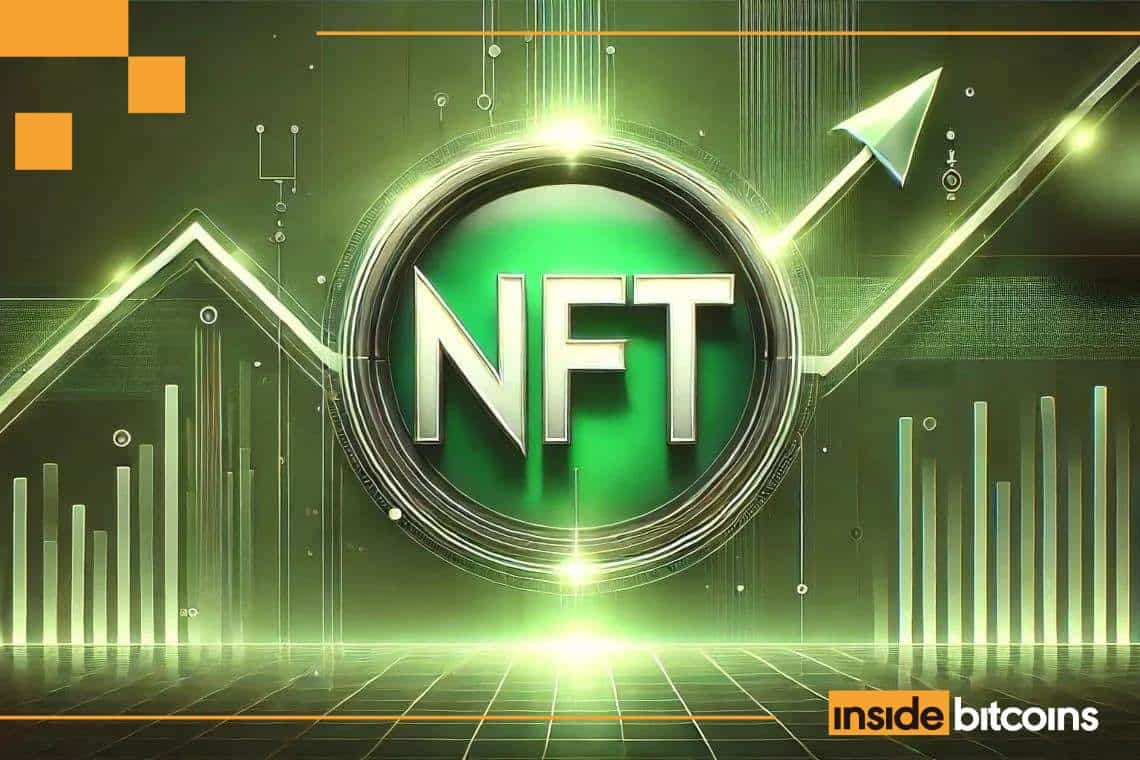That event set off waves (yes) of excitement in scientific circles. Partly, it was the sheer engineering and astronomical ingenuity that detected that wave (see my article The waves come ashore, https://bit.ly/43telsJ). That was accomplished by two Laser Interferometer Gravitational-Wave Observatories (LIGO) stationed in the US. (India will build its own LIGO too.)
But the excitement was also because these waves proved one of Albert Einstein’s predictions. Over a hundred years ago, he theorized that cosmic events cause ripples in the fabric of spacetime, and that we should be able to detect those ripples. And when we finally did detect them, it spoke all over again of the remarkable mind this man had.
That first detected wave was set off, astronomers concluded, by the merger of two black holes. Each was about 25-30 times the mass of the Sun, and they were about 1.8 billion light years away. It might set off a little shiver in you, as it did in me, as you fully comprehend what happened with those black holes. I mean, start by thinking for a moment of dropping even a large boulder into a placid lake. You’d see an enormous splash, and ripples would scurry away in every direction, possibly even reaching the far shore of the lake. But within minutes, you’d expect the lake to be placid again. With the black holes, though … if we know that there are still signs of that merger 1.8 billion years later, detectable 1.8 billion light years away – well, take a moment to imagine just how cataclysmic an event it had to have been.
In the years since, scientists have used LIGO to detect several dozen more such waves. But the gravitational waves detected today are qualitatively different. Not just that, they were found using a quite different mechanism.
Fundamental here are objects called pulsars. When a giant star — up to 25 times as massive as our Sun— reaches the end of its life and collapses in on itself, the small, dense object that results is known as a neutron star. Some neutron stars rotate, emitting beams of radiation as they do – behaviour best understood by thinking of the rotating beam of a lighthouse. These rotating neutron stars are known as pulsars (‘pulsating radio sources’).
If a pulsar’s beam points towards us on Earth, we will “see” it as a star that varies in brightness. That is, it pulses. One remarkable thing about such an object is that it rotates at an unvarying speed, so that the pulses are regular like clockwork. An even more remarkable thing about such an object is that it can rotate at an almost unimaginably high speed, so the pulse frequency is also unimaginably high. We know of pulsars with only milliseconds between pulses. To give that some perspective, remember that our Earth takes a day to rotate once. Imagine if the planet completed a rotation not in a day, but in, let’s say, ten milliseconds. That’s how fast pulsars can rotate.
The clockwork (and better) periods of pulsars make them indispensable astronomical tools – cosmic clocks, if you like. In particular, they helped astronomers detect gravitational waves.
Five different groups of astronomers around the world — one in India —each took on the responsibility of monitoring a set of pulsars. These sets are called Pulsar Timing Arrays (PTAs).
What were these teams looking for in their set of pulsars? Try this thought experiment. Your friend Eva sends you a letter by courier every day. Each day’s letter takes exactly 24 hours to reach you. One week, Sunday’s letter reaches you on Monday. Monday’s, on Tuesday. But on Tuesday, someone flies Eva to your house, where she writes her letter for the day, hands it to you and returns home: all on that Tuesday. The rest of the week proceeds as normal. So, Eva has written a letter every day of the week, just as usual, but you have received them like this: Monday, Tuesday, Tuesday, Thursday, Friday, etc. That is, even though Eva stuck to her once-a-day letter-writing habit, her Tuesday trip means the frequency at which you received her letters changed.
Analogously, if astronomers found variations in pulsar frequencies, that would suggest a disruption: a gravitational wave that warps spacetime and thus moves the pulsar slightly. So, yes – variation like this is exactly what the five teams were trying to detect in their PTAs. The Indian project (InPTA), for example, used the Giant Metrewave Radio Telescope in Maharashtra to observe their PTA.
And – drum roll please! – they found exactly such variation. In fact, all five PTA teams did. In all, they analysed pulsar data collected over 25 years. This, InPTA said in a press release, “revealed that the measured rate of ticking of these cosmic clocks has characteristic irregularities … This is consistent with the effect produced by gravitational waves.”
The press release continued: “As radio signals travel through space and time, the presence of gravitational waves effects [sic] their path in a characteristic way: some pulses will arrive a little (less than a millionth of a second) later, some a little earlier.”
There is still confirmatory work to be done. But pay some mind to what happened here. In our thought experiment above, Eva’s Tuesday letter arrived a day earlier than expected. Easy to detect, of course. But here we have pulses from pulsars that arrive less than a millionth of a second earlier (or later) than expected.
In those minuscule fractions of a second, strong evidence of gravitational waves set off by some vast cosmic happenings. In fact, what the PTA projects have found is that these waves are coming from everywhere around us. One report put it like this: there’s “a constant jostling in random directions. This is comparable to the random sloshing of water on the surface of a pond caused by the rain.”
Inconceivably distant, inconceivably long-ago incidents all around us. Their mark, as almost inconceivably tiny slices of time, on us today. There’s just something about astronomy.
Once a computer scientist, Dilip D’Souza now lives in Mumbai and writes for his dinners. His Twitter handle is @DeathEndsFun.
Download The Mint News App to get Daily Market Updates.
More
Less
Updated: 06 Jul 2023, 10:39 PM IST
















